Helping Children Achieve Healthy Mouths
Establishing good oral habits at a young age is the first step to healthy teeth, the whole life through. Here are some suggestions to incorporate into your daily routines with your children.
Tips for parents when brushing children’s teeth
- Create a positive atmosphere around brushing. Play a song or story during this time.
- An adult should assist the child with oral hygiene. Most children need help brushing until the age of 10. Both the child and their caregiver should brush the child’s teeth while the child is still developing his or her fine motor skills or ability to reach all surfaces of the teeth effectively with the toothbrush. The child can start brushing and then the caregiver can help them brush the hard-to-reach spots, like the back teeth. Children often cannot see the consequences of careless brushing.
-
Brush your child’s teeth.
You can brush in the bathroom, but there are other options. It is often convenient to brush with your child lying down, head nearest to you, for example on the changing table or in bed. As the child gets older, they can sit your lap, leaning their head on your arm. This gives you control over the child’s head and mouth, while he or she can still move freely and play with a toy for distraction. Closeness and eye contact make the child feel secure.

Tips for good toothbrushing practices
- Brush twice a day. Brush in the morning and night before bedtime.
- Use a timer. Brush for a full two minutes, twice a day. Try setting a timer to ensure the proper amount of time is being achieved. Children are often fast brushers, so make sure they slow down and focus as much as possible.
- Apply a small amount of fluoridated toothpaste. As soon as the teeth come in use a fluoride toothpaste in an amount no more than a smear or the size of a grain of rice. Around approximately 3 years old or when the child can effectively spit the toothpaste out of their mouth, use a pea-sized amount of fluoride toothpaste. Remind your child to not swallow the toothpaste.
- Brush all tooth surfaces. Brush the inside, the outside, and biting surfaces of the teeth.
- Brush toward the gumline. Place the bristles along the teeth and gumline at a 45-degree angle. Brush in a small back and forth motion or small circles towards the gumline with light pressure. It is important to clean the gum line area because this is where bacteria easily build up.
- Replace the toothbrush every 3 months. If your child is sick or you start to notice the bristles flaring out on the toothbrush you need to replace more frequently. Often children bite down on the toothbrush when trying to brush themselves, making the bristles wear faster and requiring more frequent replacement. Many caregivers find it beneficial to give the child a separate toothbrush for practicing.
TePe Oral Hygiene Products for Children
TePe toothbrushes for children have extra soft or soft bristles and a small, tapered brush head to fit small mouths. The handle suits a small hand, and it is also convenient for the adult helping the child to brush. Bright colors and nice prints make toothbrushing more fun.
With TePe Mini™ it is easy to start brushing from the very first tooth. It is recommended for children from 0 to 3 years of age.

TePe Kids™ is a little larger than TePe Mini and suits children after 3 years of age.

TePe Colour™ Compact with colored bristles suits children after 3 years of age.

TePe Compact Tuft™ with an angled neck and a small, rounded tuft, makes it easy to clean the biting surfaces of emerging teeth.



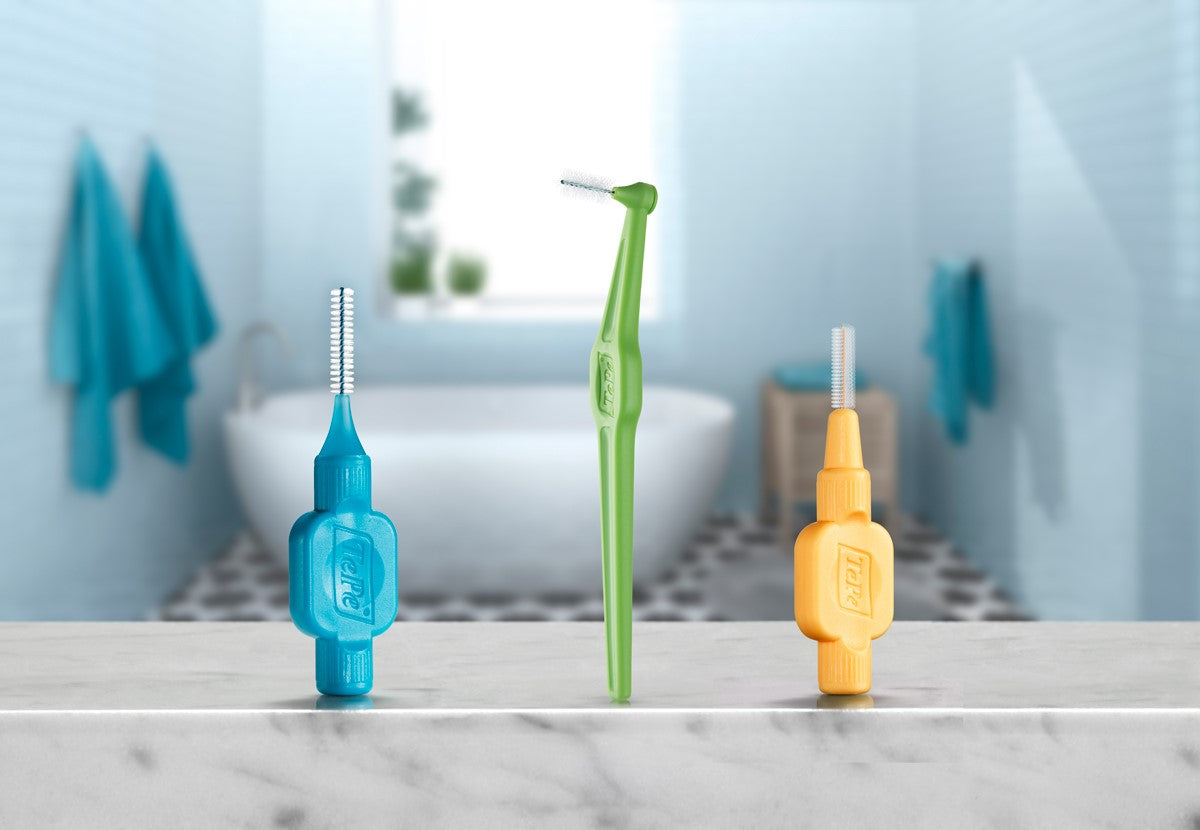
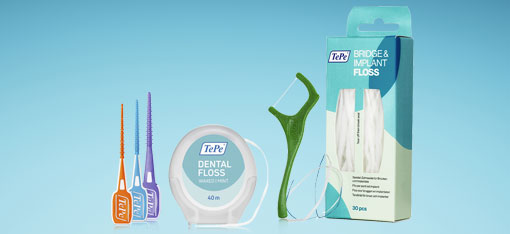
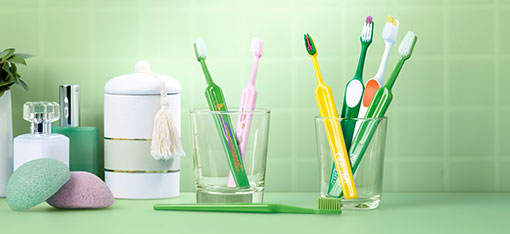
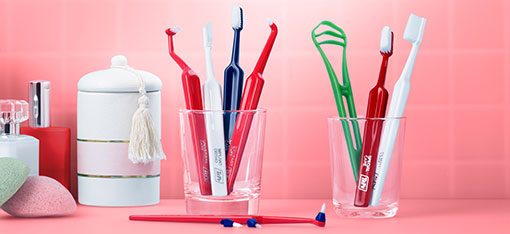
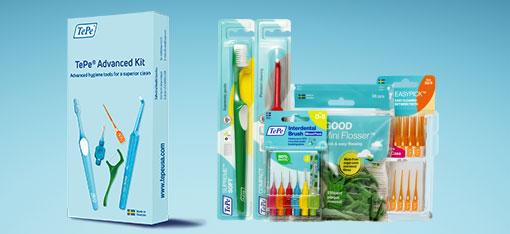

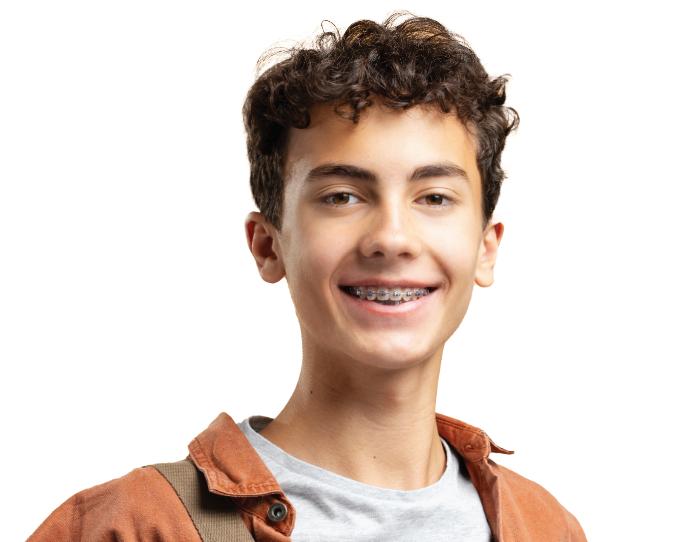

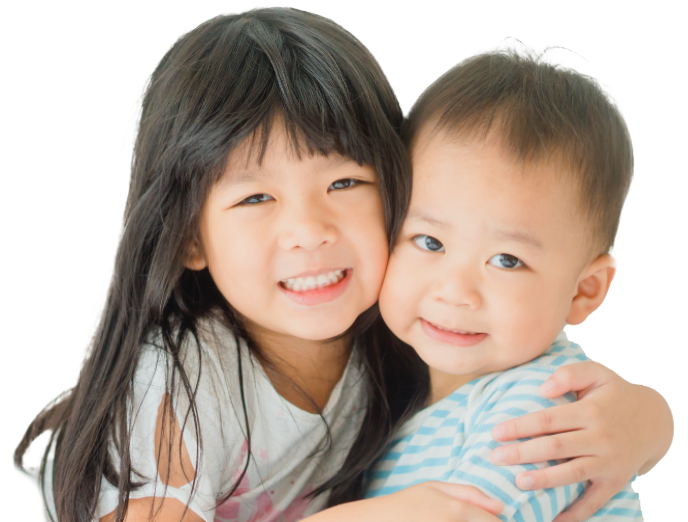
Leave a comment